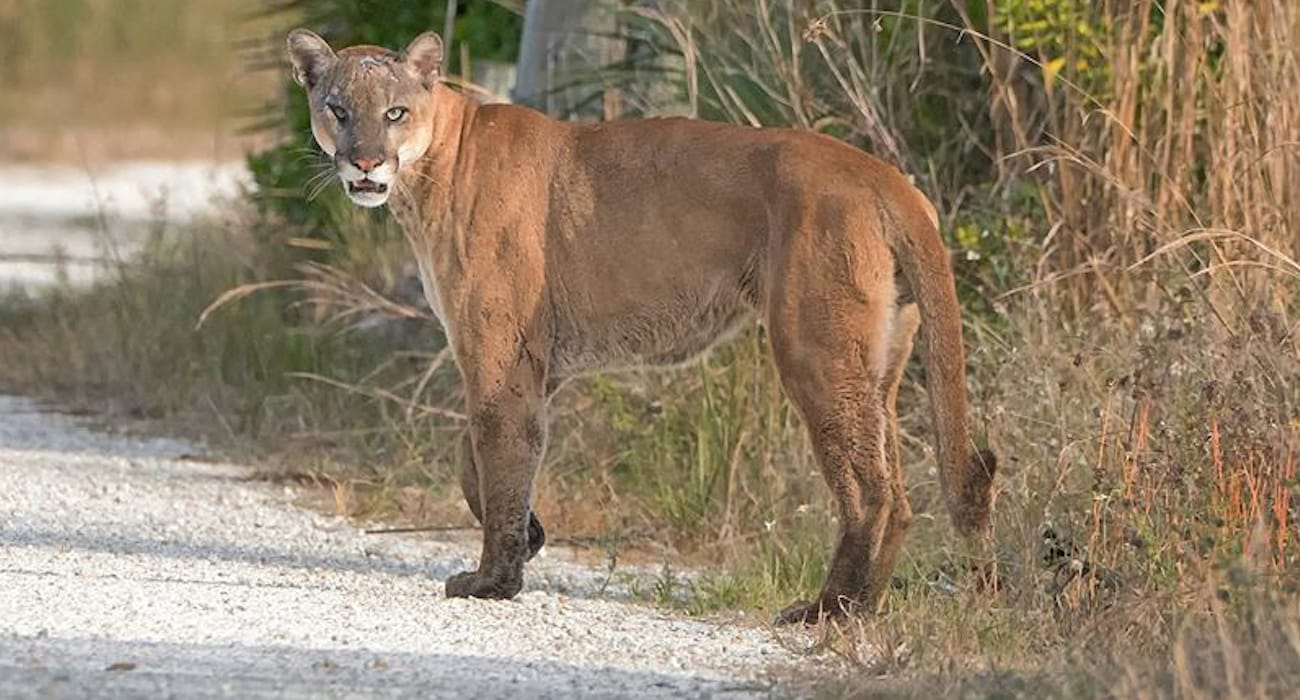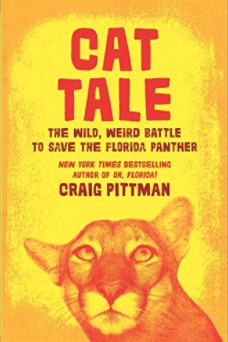Book Review: Cat Tale: The Wild, Weird Battle to Save the Florida Panther

“Quoting a reader: This is the latest of several books by an author whose focus is on nature (primarily Florida’s) and attempts to protect it, with special emphasis on what happens when a bureaucracy becomes involved.
NOTE: this article was originally published to WSJ.com on February 7, 2020. It was written by Danny Heitman.
In the mid-90s it was believed that Florida’s panther population had dwindled down to six, with only one female.
Environmental reporting can often seem like a stint on the obituary desk. Vanishing wetlands, disappearing rainforests and thinning coral reefs mean writing a lot about what’s lost, perhaps never to return.

But in “Cat Tale,” his new book about efforts to revive the Florida panther in its home state, Craig Pittman sounds a slightly more hopeful note. Mr. Pittman, a longtime writer about the environment for the Tampa Bay Times, documents the cat’s surprising if tentative comeback after years of radical decline.
Mention Florida panthers, and many Americans will think first of the professional hockey team named after the feline. The panther became prominent in the civic imagination of the Sunshine State even as its numbers dramatically dropped. We tend to grow more fascinated with wild things as they fade away, affirming the truth of the old wisecrack about housing subdivisions being places where builders cut down all the trees, then name the streets after them.
“Despite its status as the state animal, Florida’s twenty-one million residents have seen more Florida Panther hockey games, Florida panther school mascots, and Florida panther license plates than actual, live panthers skulking through the forest,” Mr. Pittman writes. “There was a time in the mid-1990s when Florida’s panther population fell to about twenty animals. Some scientists think the number was even smaller—just six of the big cats, and only one of them a female.”
White settlers of Florida often feared panthers, making the muscular, tawny felines Public Enemy No. 1. “Not everyone found the panthers so frightening,” Mr. Pittman notes, mentioning painter Winslow Homer as a fan. Homer, a frequent visitor to coastal Florida, made a lovely picture of the cat, called “In the Jungle,” in 1904. “But beauty could never compete with fear and greed,” Mr. Pittman laments. “In case anyone lacked sufficient incentive to shoot every panther in the woods, in 1832 Florida’s territorial legislature put a bounty on them, with the amount to be set by each county.”
